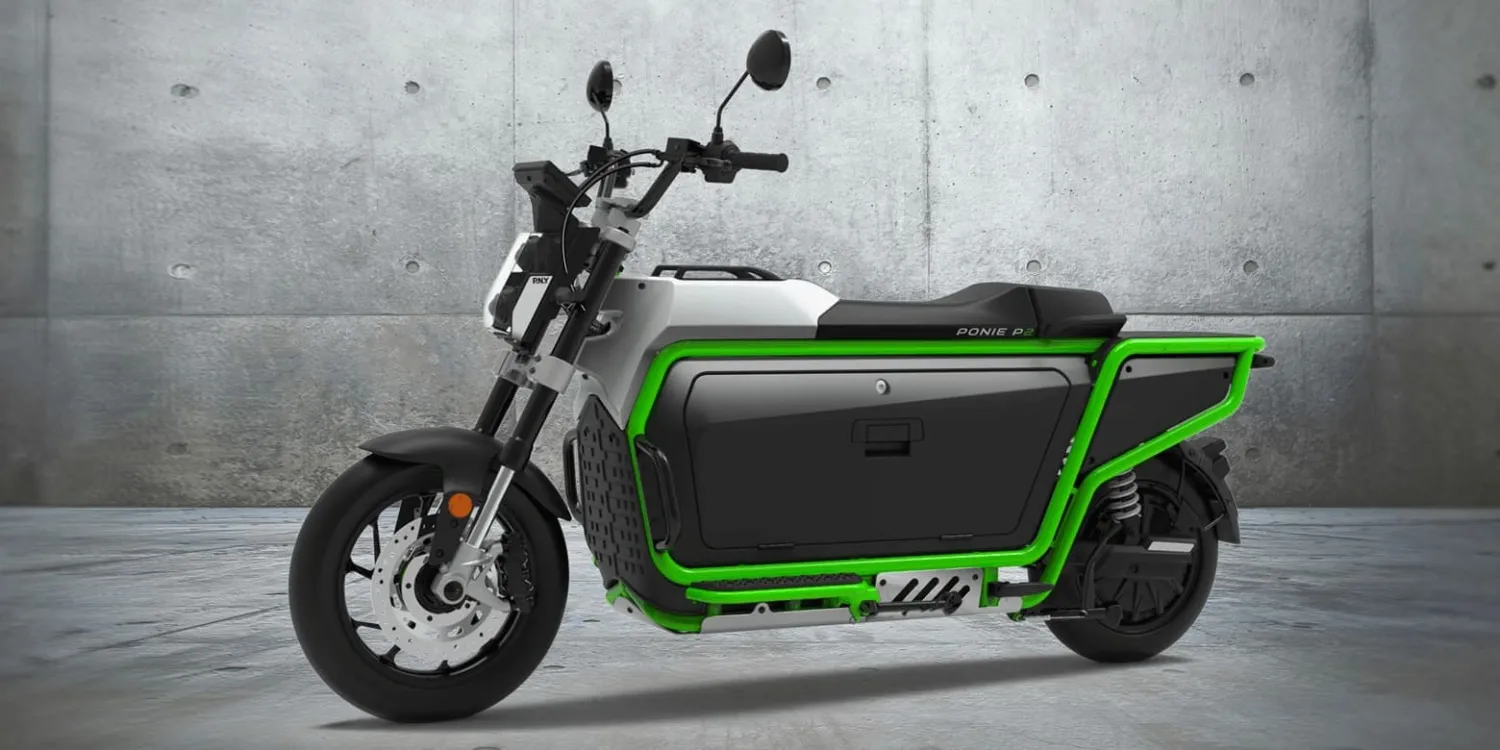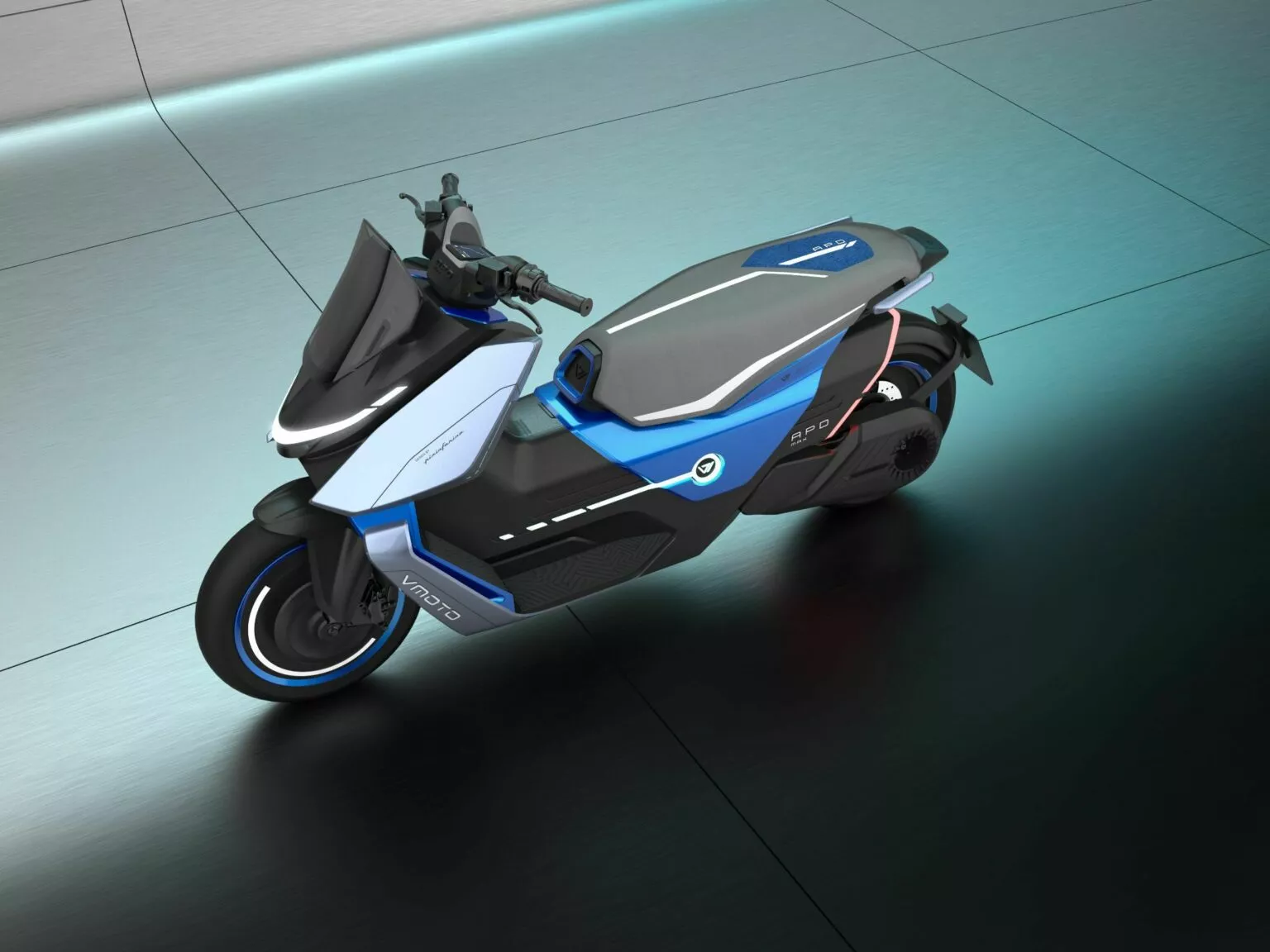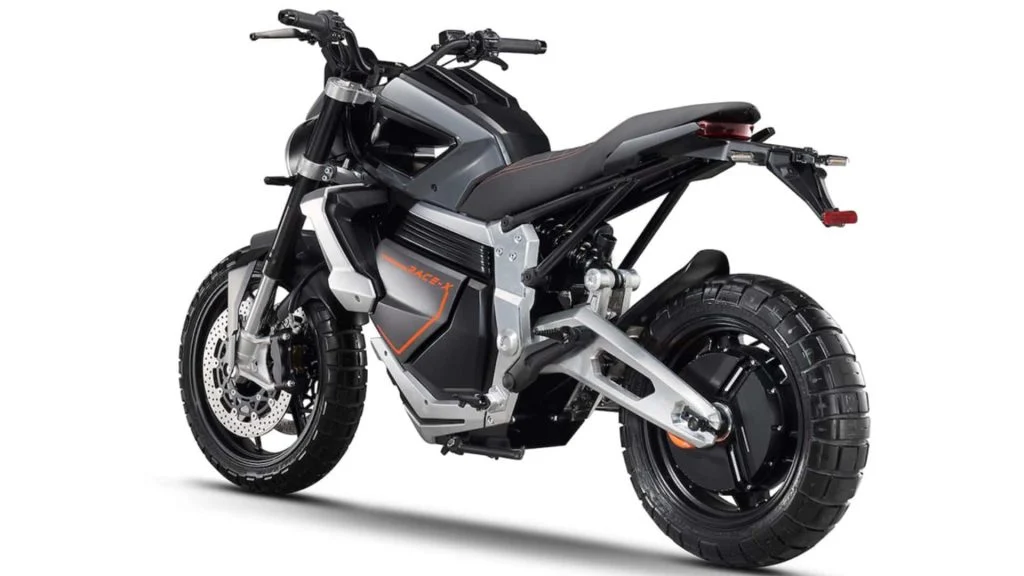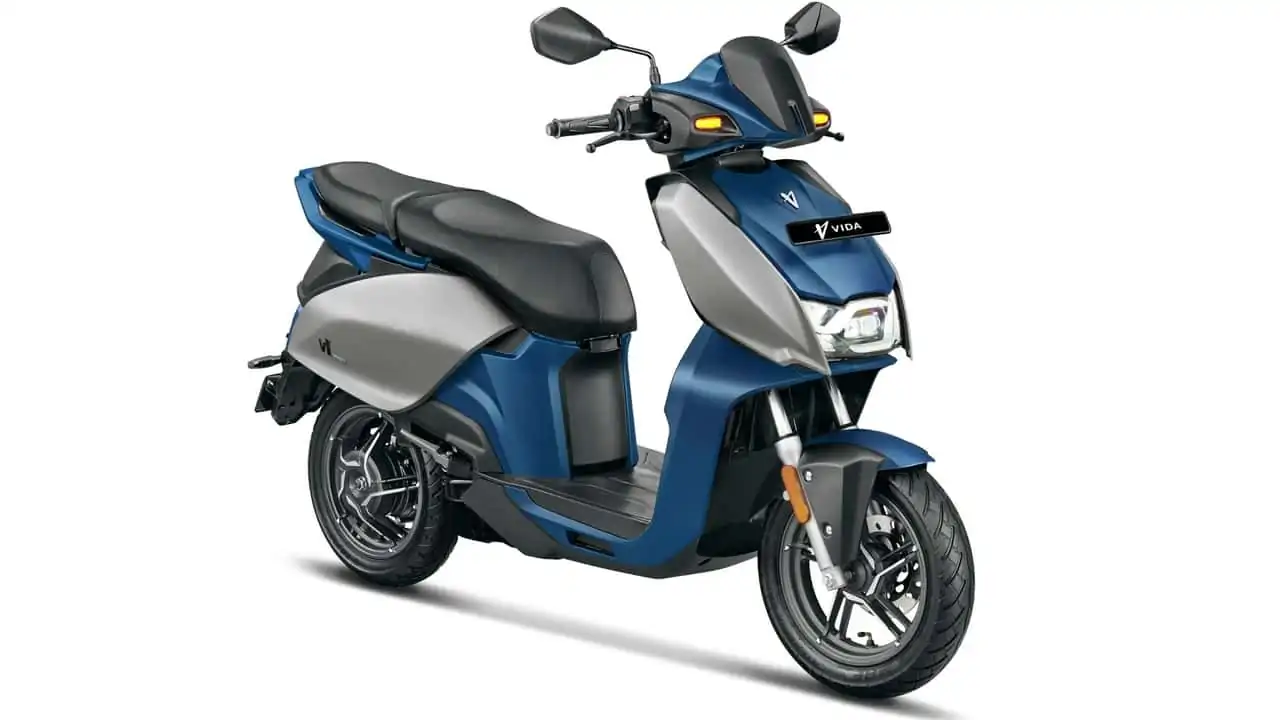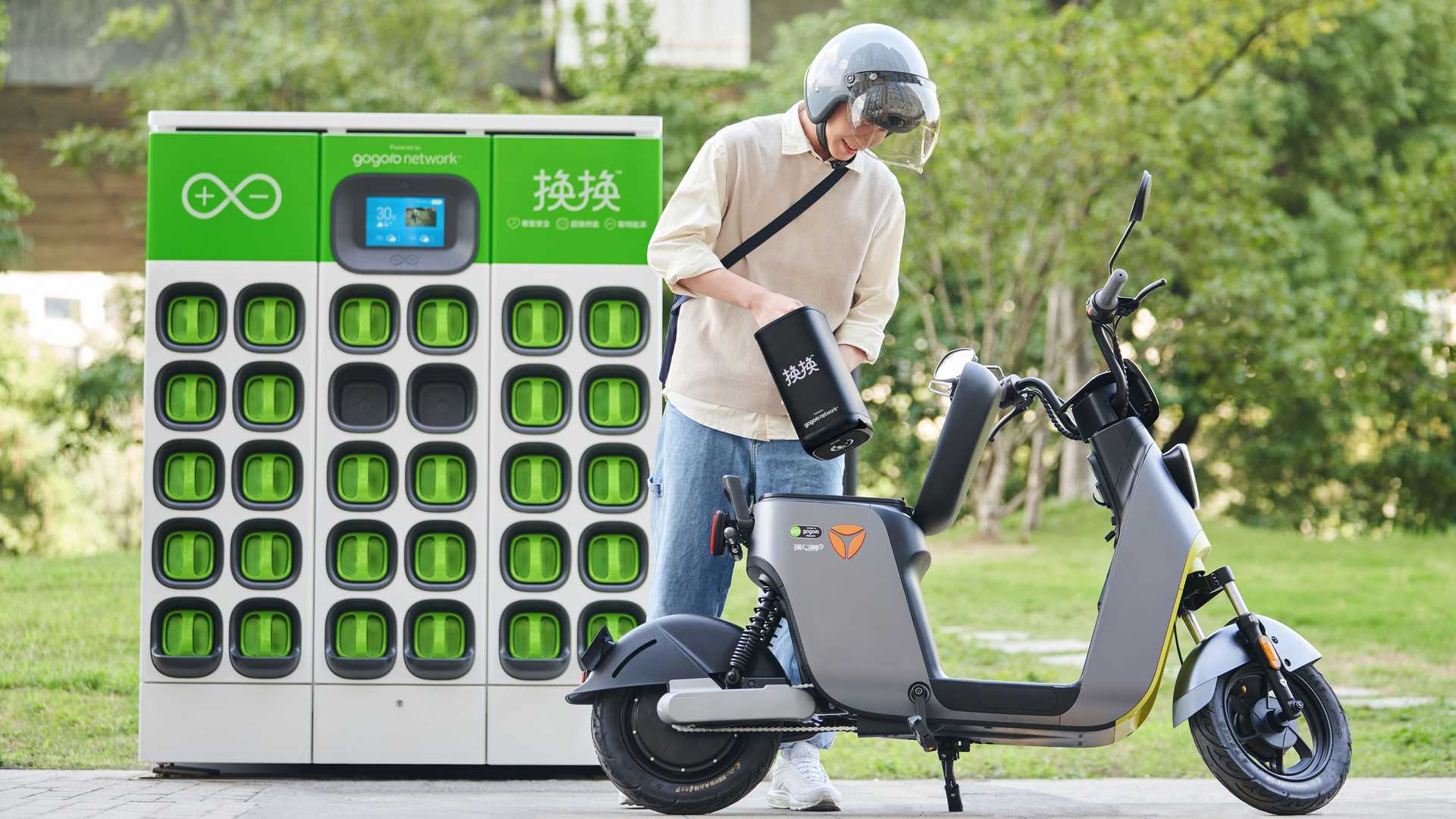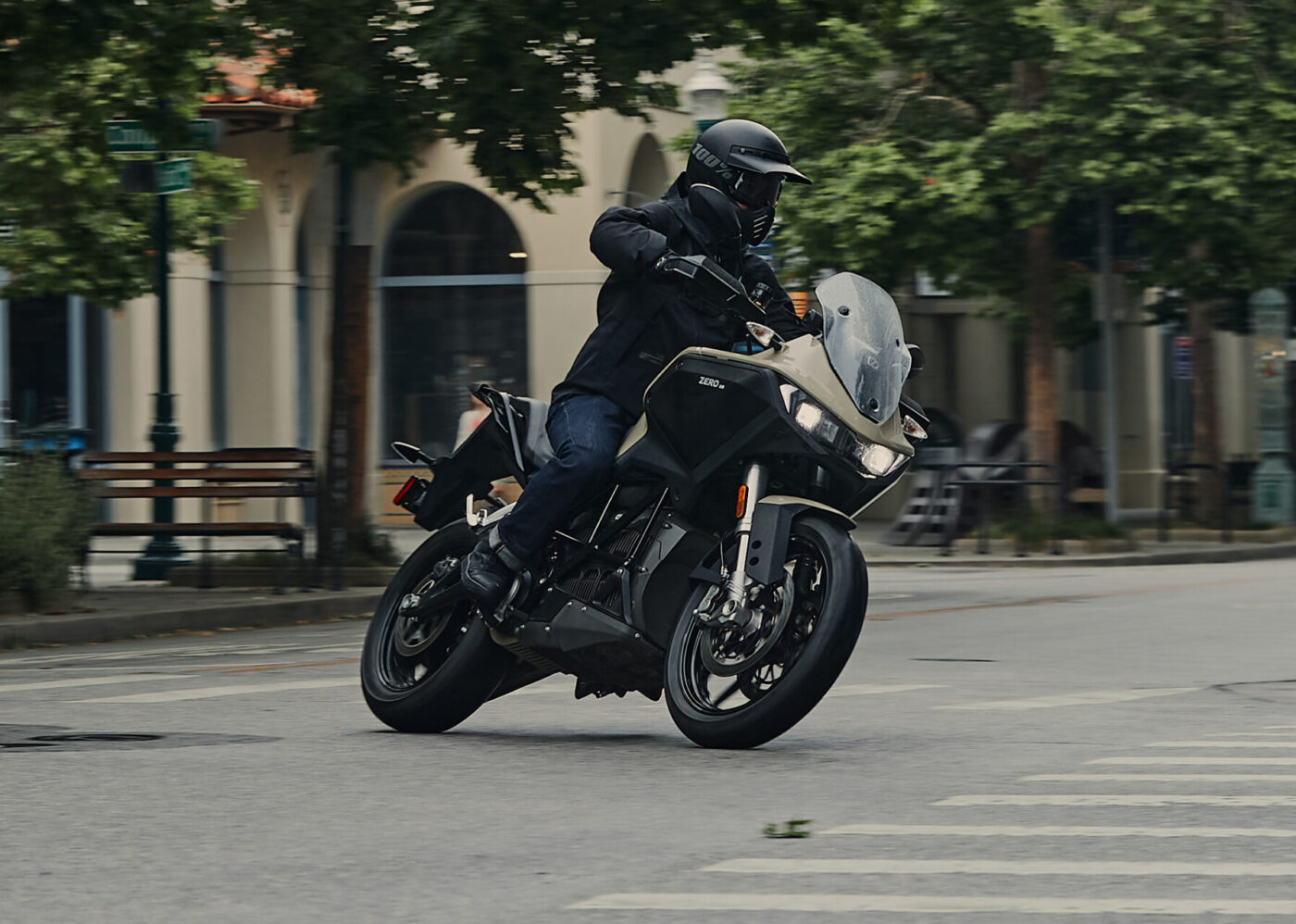Royal Enfield has unveiled its electric Himalayan Test Bed, underscoring the company’s commitment to entering the electric motorcycle market. While the Indian motorcycle manufacturer has long been known to be working on an electric bike, the revelation of an electric Himalayan variant at EICMA 2023 indicates a particular focus on adventure-style electric motorcycles.
The electric Himalayan Test Bed showcases styling and equipment closely resembling the updated Himalayan 452, with a clever design choice that swaps the traditional metal tank for additional seat padding. This shift in design is an intriguing move for Royal Enfield, as it implies a strategic alignment with the appeal of adventure motorcycles, a segment that has been steadily gaining traction.
Although the presentation accompanying the electric Himalayan Test Bed’s debut did not divulge detailed technical specifications, hints about its capabilities are concealed in the bike’s styling and equipment. The adventure-rally styling is a clear indicator of Royal Enfield’s intention to deliver off-road capabilities similar to its internal combustion engine (ICE) counterpart.
Royal Enfield emphasizes rigorous testing, including trials in the Himalayan mountains and extensive wind tunnel testing, to optimize the electric Himalayan Test Bed for efficiency. This commitment to efficient design is evident in the motorcycle’s aesthetics, particularly when compared to the recently-revealed Himalayan 452 refresh.
Unlike the ICE Himalayan 452, which features rugged styling and minimal wind protection, the Himalayan Test Bed positions the rider behind a sizable, swept windscreen and smoother body panels. The presence of steel reinforcements remains, albeit in a more subtle form, as Royal Enfield appears to have prioritized streamlining the electrical drivetrain components. This design choice is evident through substantial aluminum panels concealing the battery and control systems, serving both practical and aesthetic purposes.
The presence of substantial components like the upside-down forks and rear Öhlins rear air shock suggests the motorcycle’s off-road capabilities while implying its potential weight. Thicker fork stanchions, commonly employed to enhance rigidity and steering precision, typically correlate with a heavier motorcycle. Weight remains a challenge for electric motorcycles due to current battery technology limitations, an issue Royal Enfield is no stranger to, as many of its ICE offerings exceed 200 kg (~440 lbs). Even the Himalayan 411, with its modest 24 hp output, registers at 191 kg (~421 lbs).
The Himalayan Test Bed features a 21-inch front and 17-inch rear wheel combination fitted with dual-sport tires, seemingly favoring on-road performance over off-road prowess. The extended bench seat, reminiscent of the regular Himalayan, cleverly conceals the motorcycle’s charging port and electronics within the tank area.
While a specific release date for a production electric motorcycle from Royal Enfield has not been disclosed, the choice to unveil an electric concept in the form of the Himalayan adventure bike is indicative of the company’s ambitions in the electric motorcycle segment. Royal Enfield has further hinted at forthcoming concepts and prototypes, raising the possibility of electric versions of other popular models, such as the Interceptor or Continental GT, in the near future.


